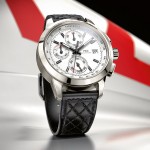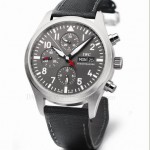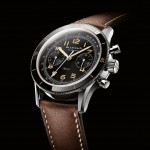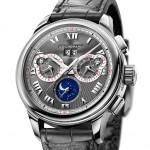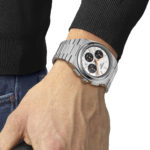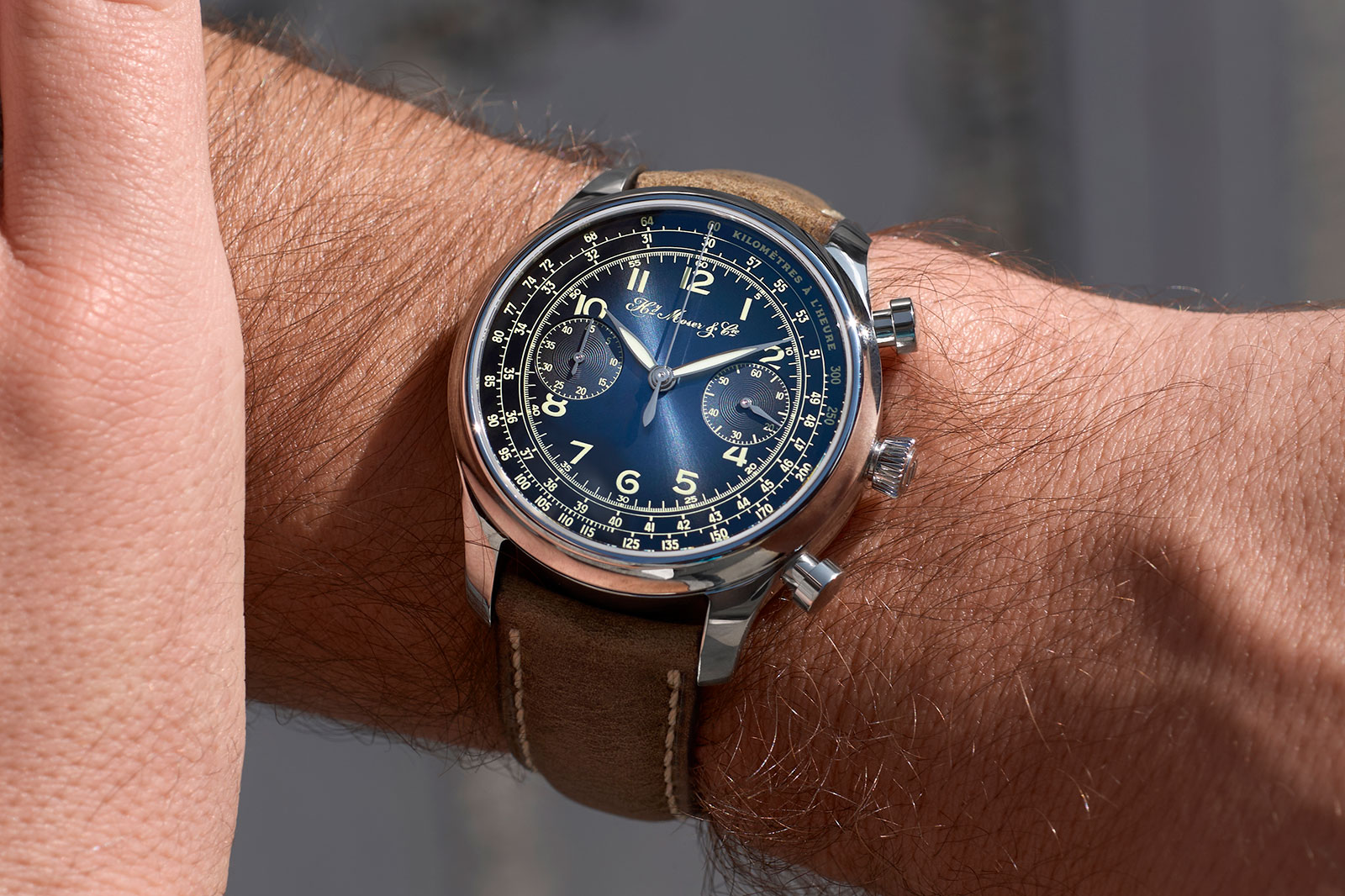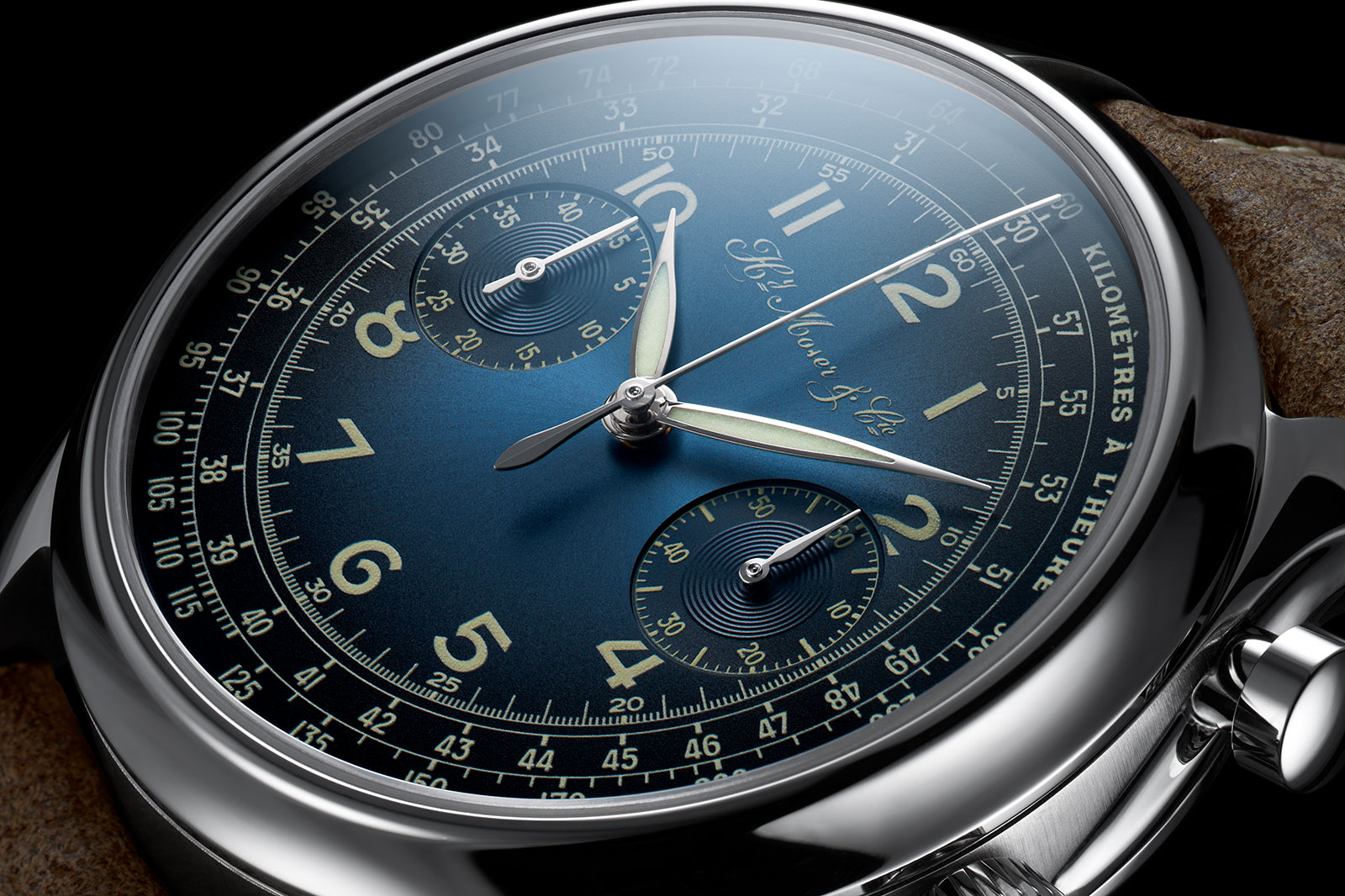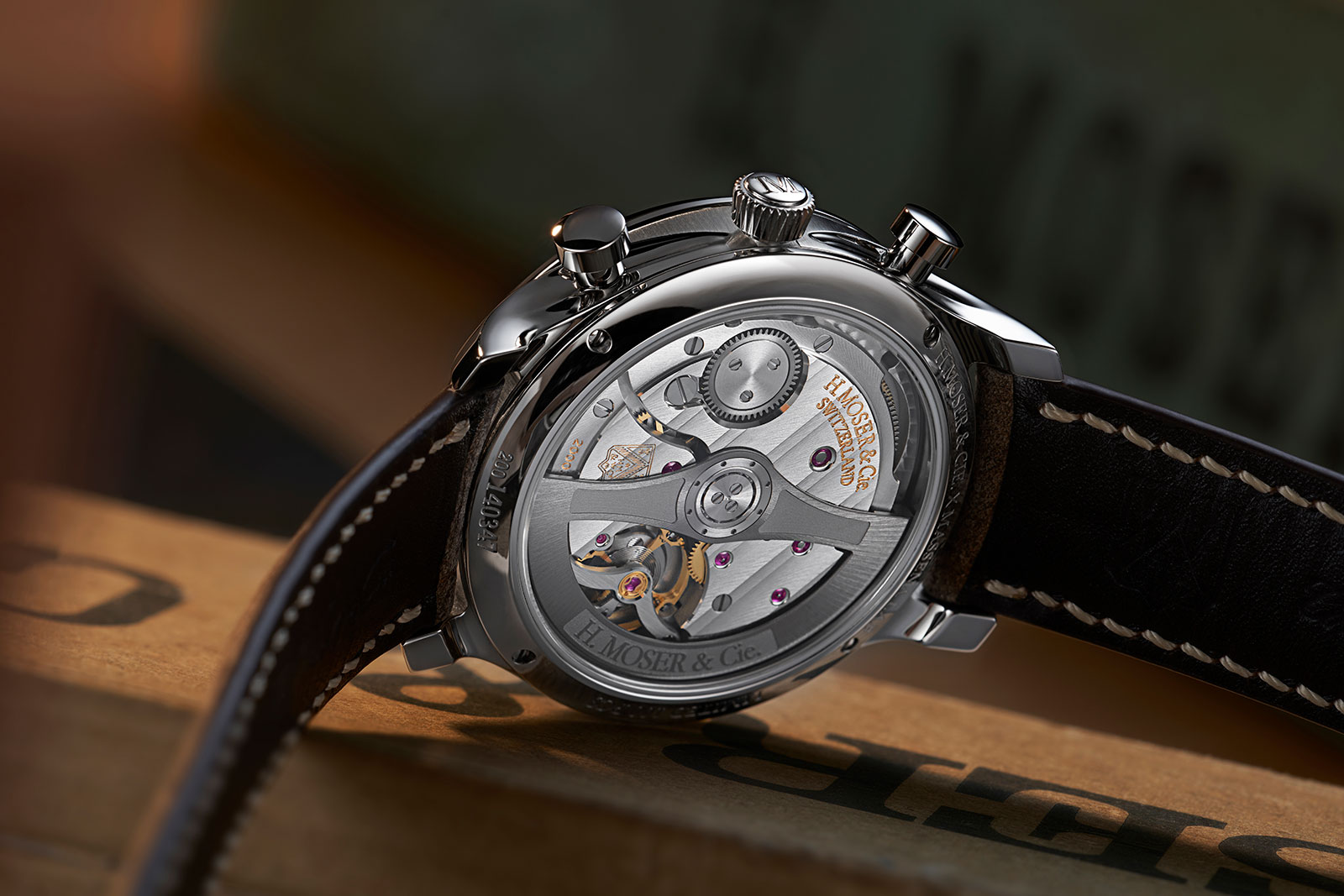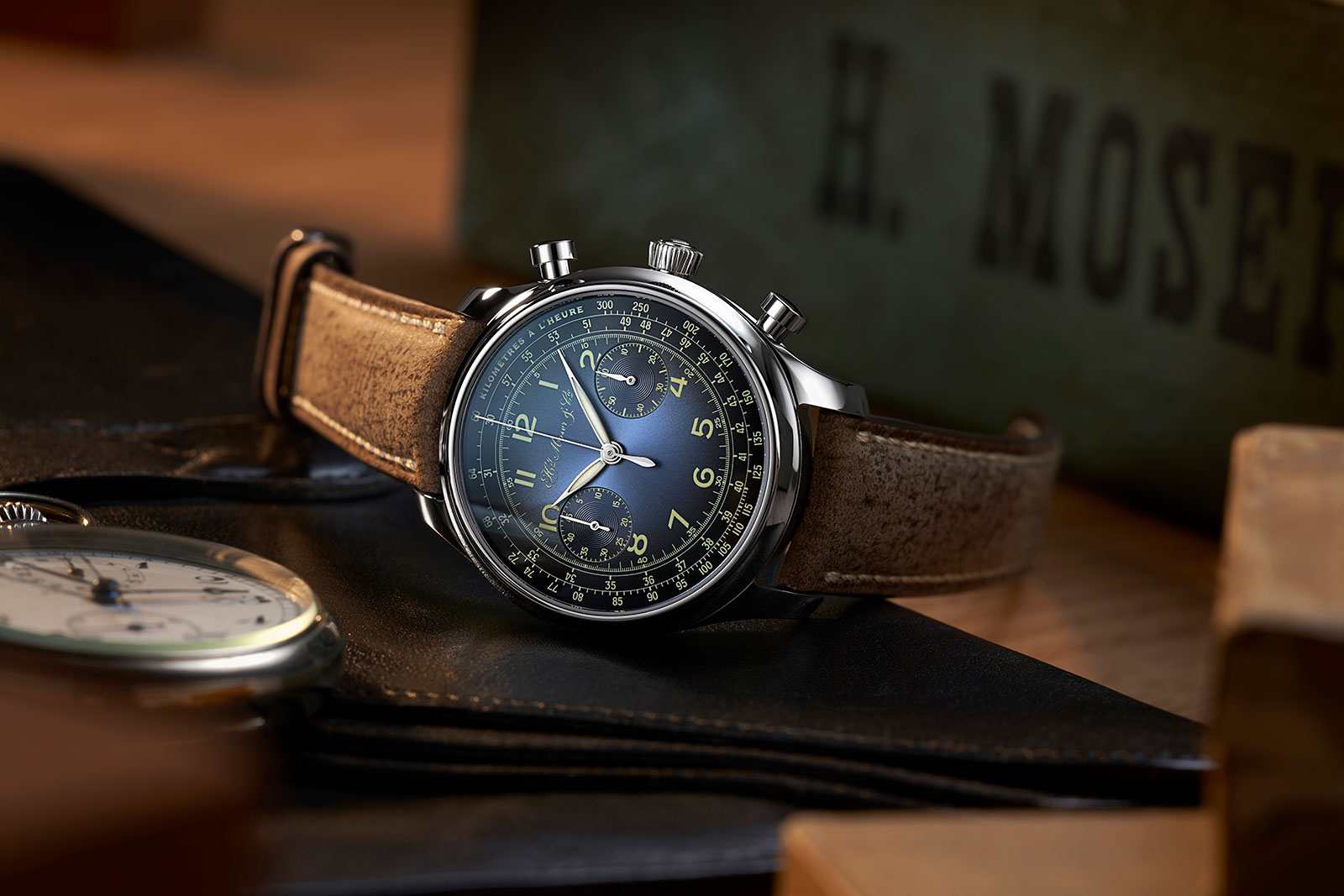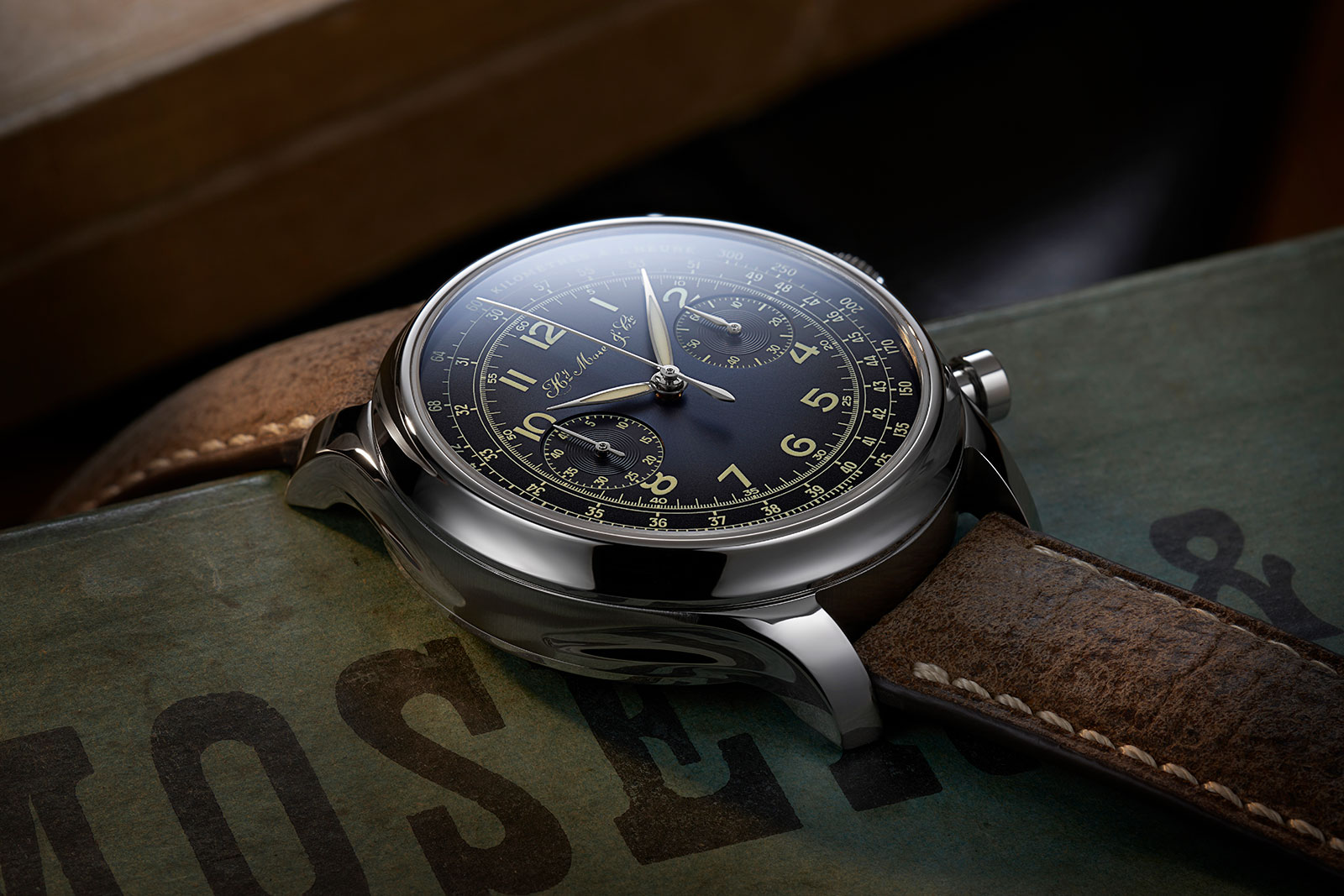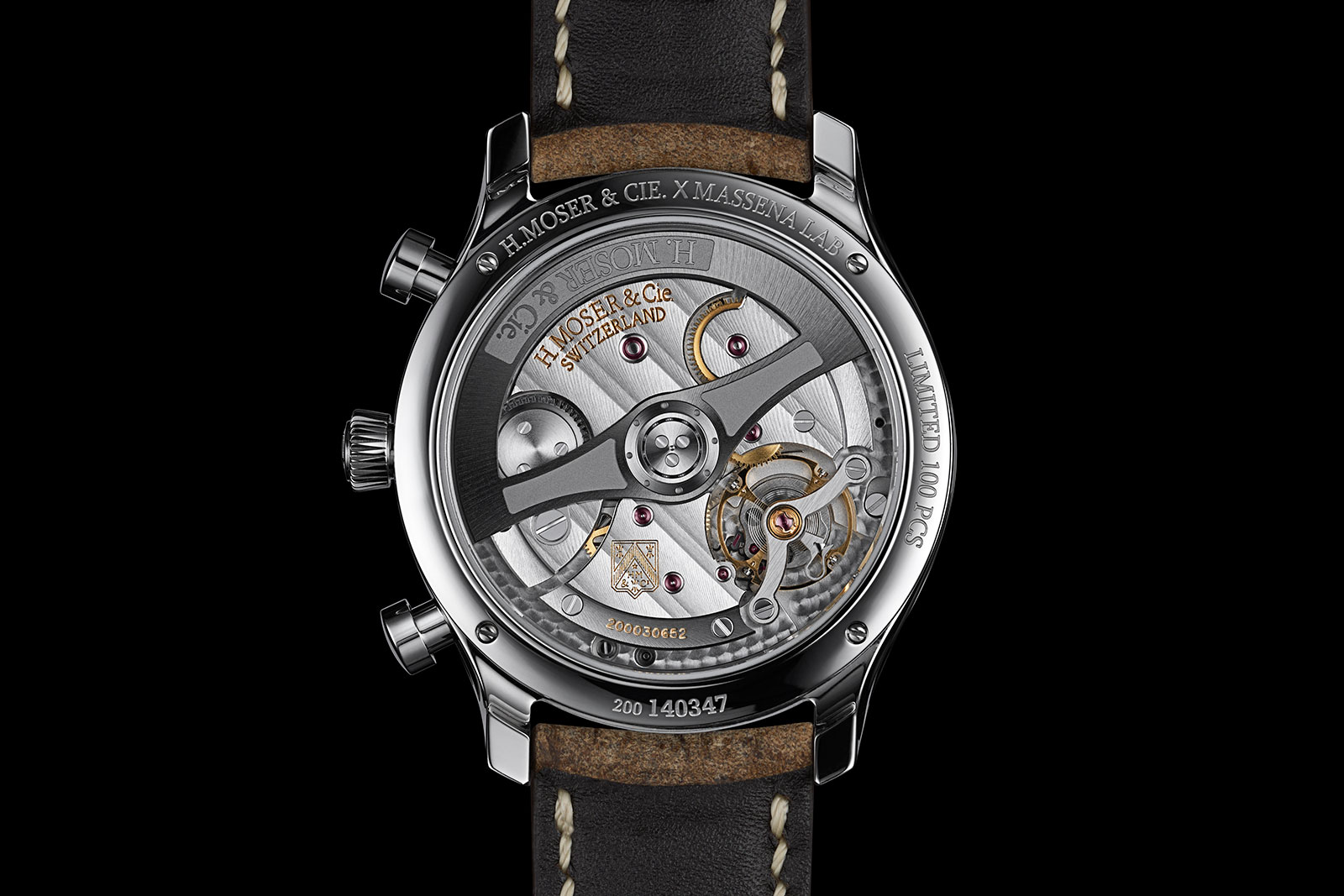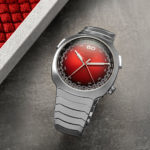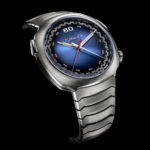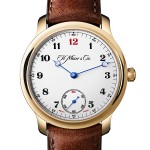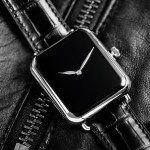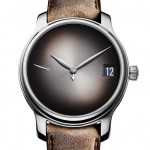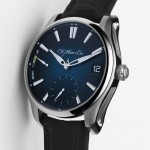Albishorn Introduces the Type 10 Chronograph
An "imaginary vintage" prequel.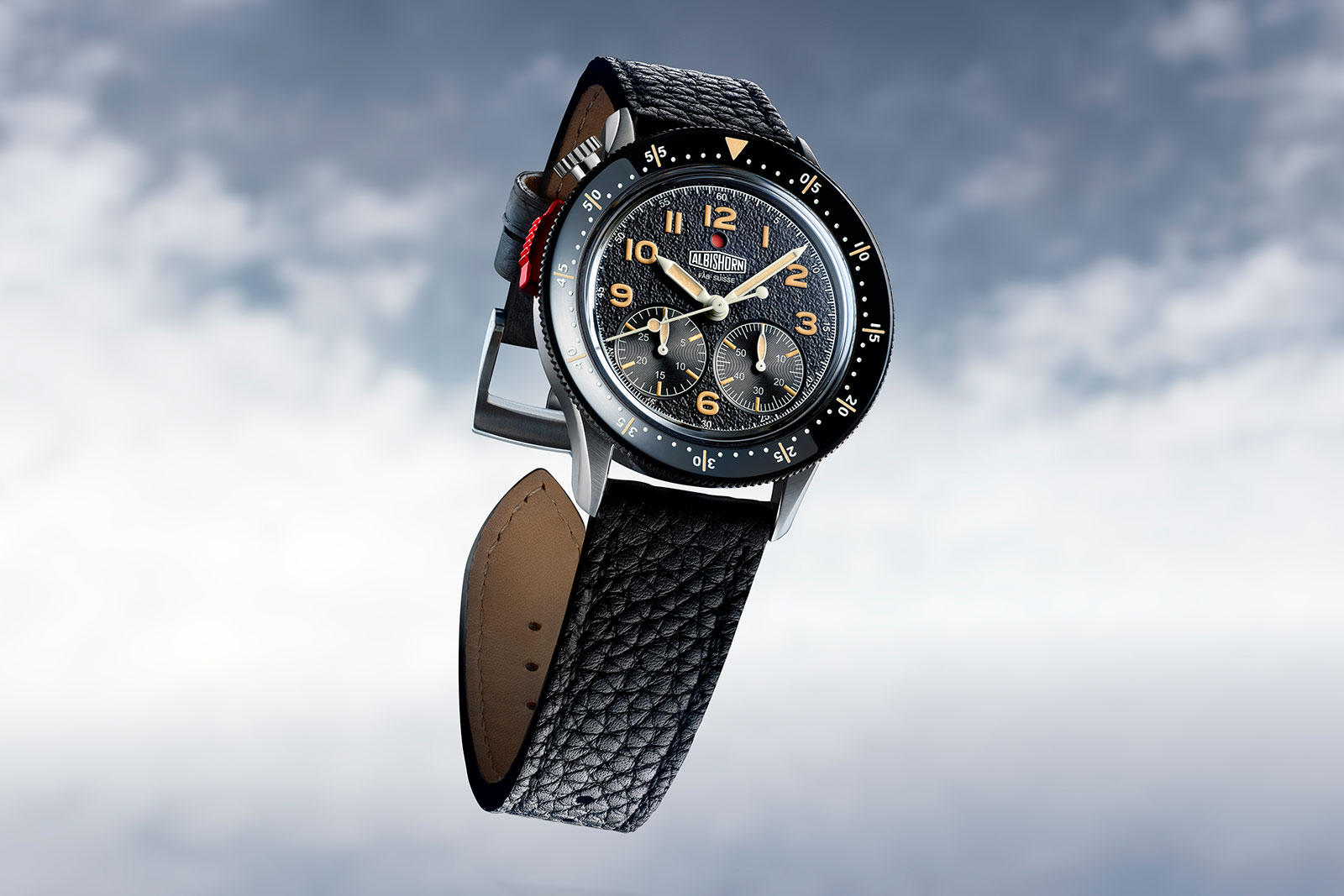
Less than two months have elapsed since Albishorn made its debut, but the brainchild of Sébastien Chaulmontet is back with the Type 10, an “imaginary vintage” prequel to the Type 20 pilot’s watch made famous by Breguet.
Available with black or green textured dials, the Type 10 features a proprietary manually wound monopusher chronograph movement with an unusual layout that differentiates it from other Type 20-inspired watches. Though not a limited edition, the Type 10 will be produced in small batches of just 25 watches in each livery.
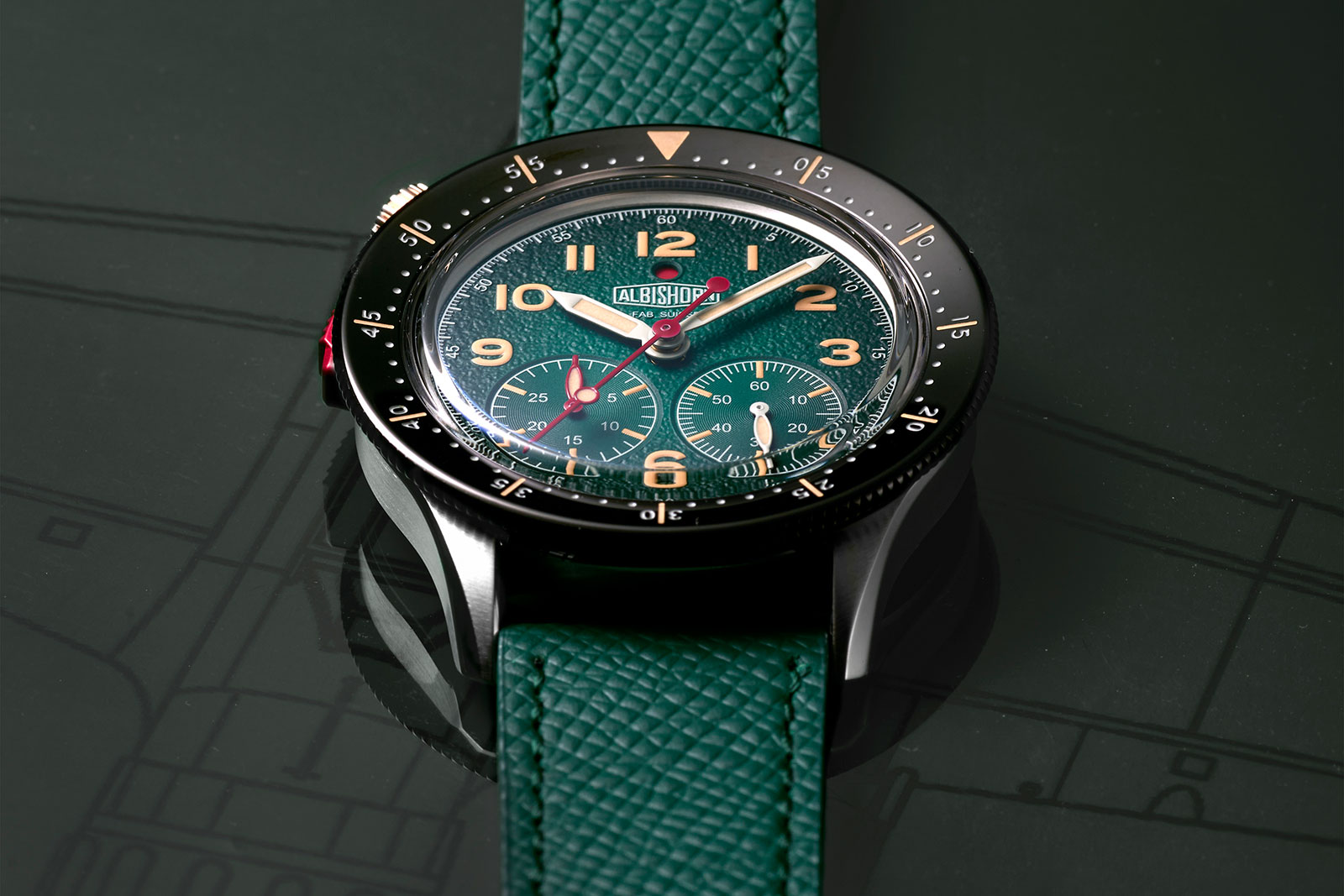
Initial thoughts
Conceptually, I like the idea of “imaginary vintage” – the brand’s tagline – because it liberates the design from the constraints of the past and avoids coming off as a copy or homage. While I don’t like every detail of the Type 10, there’s a lot to be excited about, especially as a preview of what might be coming next from the fledgling brand.
The Type 10 is powered by the proprietary ALB02 M, a manually wound chronograph movement that, like the Maxigraph, shares some of the architecture of the ubiquitous Valjoux 7750.
But to call this a cal. 7750 would be to miss the numerous refinements implemented by Dr Chaulmontet that result in a slimmer movement with, reportedly, a more pleasant pusher action.
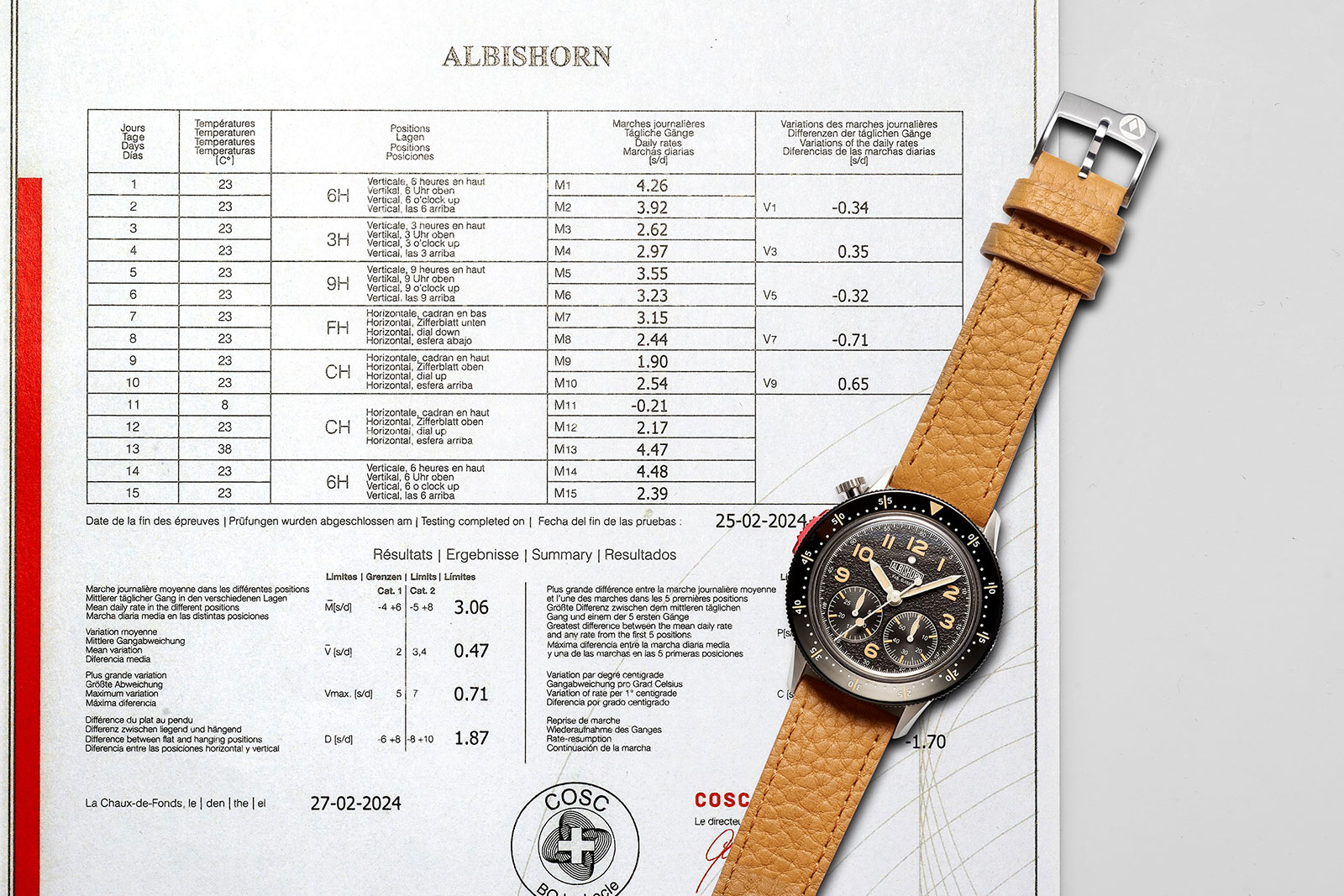
The Type 10 retains many of the best features of the Maxigraph, including its case. Interestingly, the case is not quite identical; the Type 10’s case is slightly thinner on account of its manually wound movement. The result is a case that is just 12 mm in height, including the sapphire crystal.
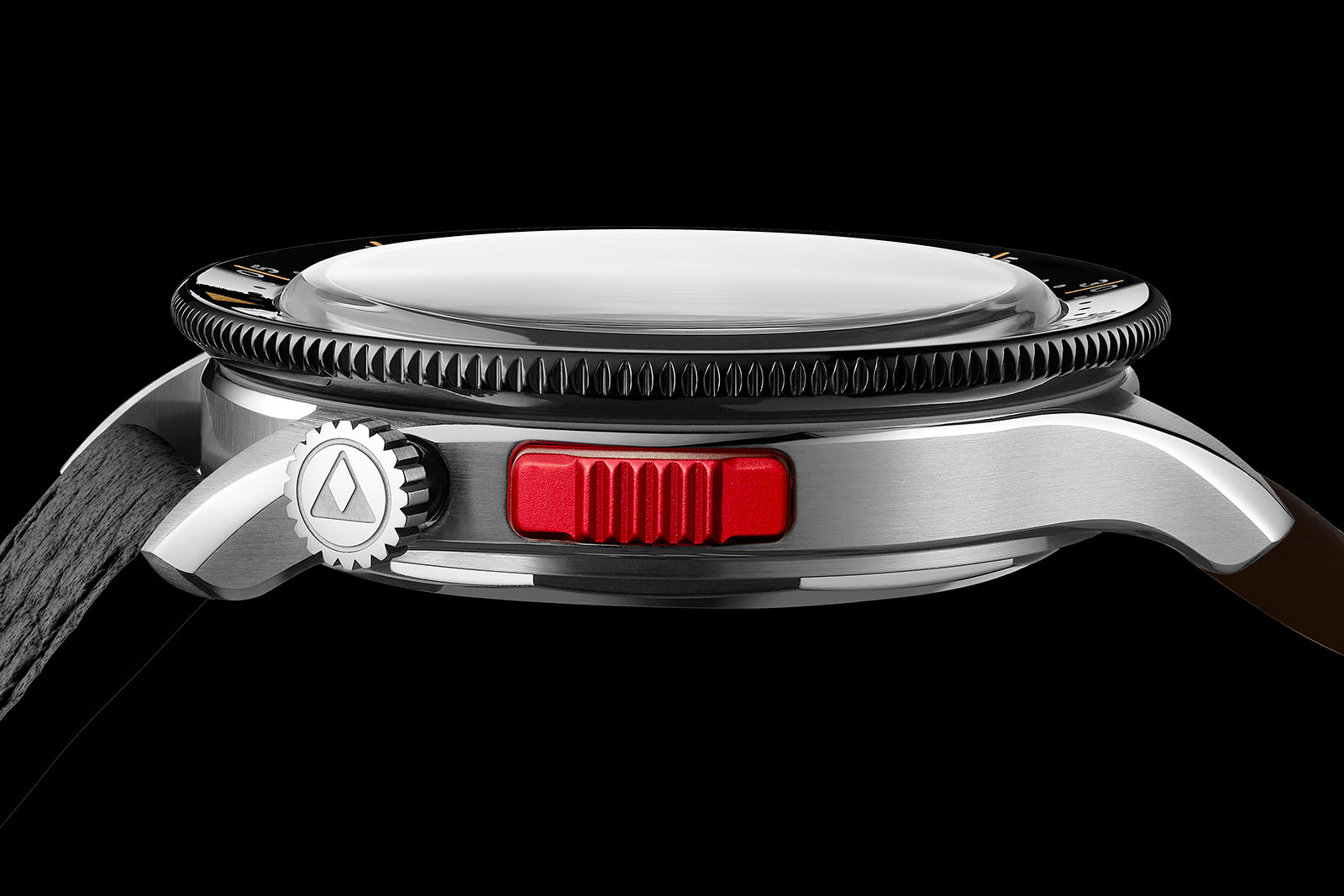
At launch, I criticised the Maxigraph’s case back for its unnecessary engravings, which detracted from the vintage theme. So it was nice to see a simpler case back with subtle engravings that look far more period-correct.
Priced at just CHF3,950 before taxes, the Type 10 is around 15% cheaper than its predecessor, which was already an interesting value. While the Maxigraph’s regatta timer was more interesting, the Type 10 nonetheless offers an atypical layout for the chronograph registers, giving it a differentiated aesthetic among its peers.
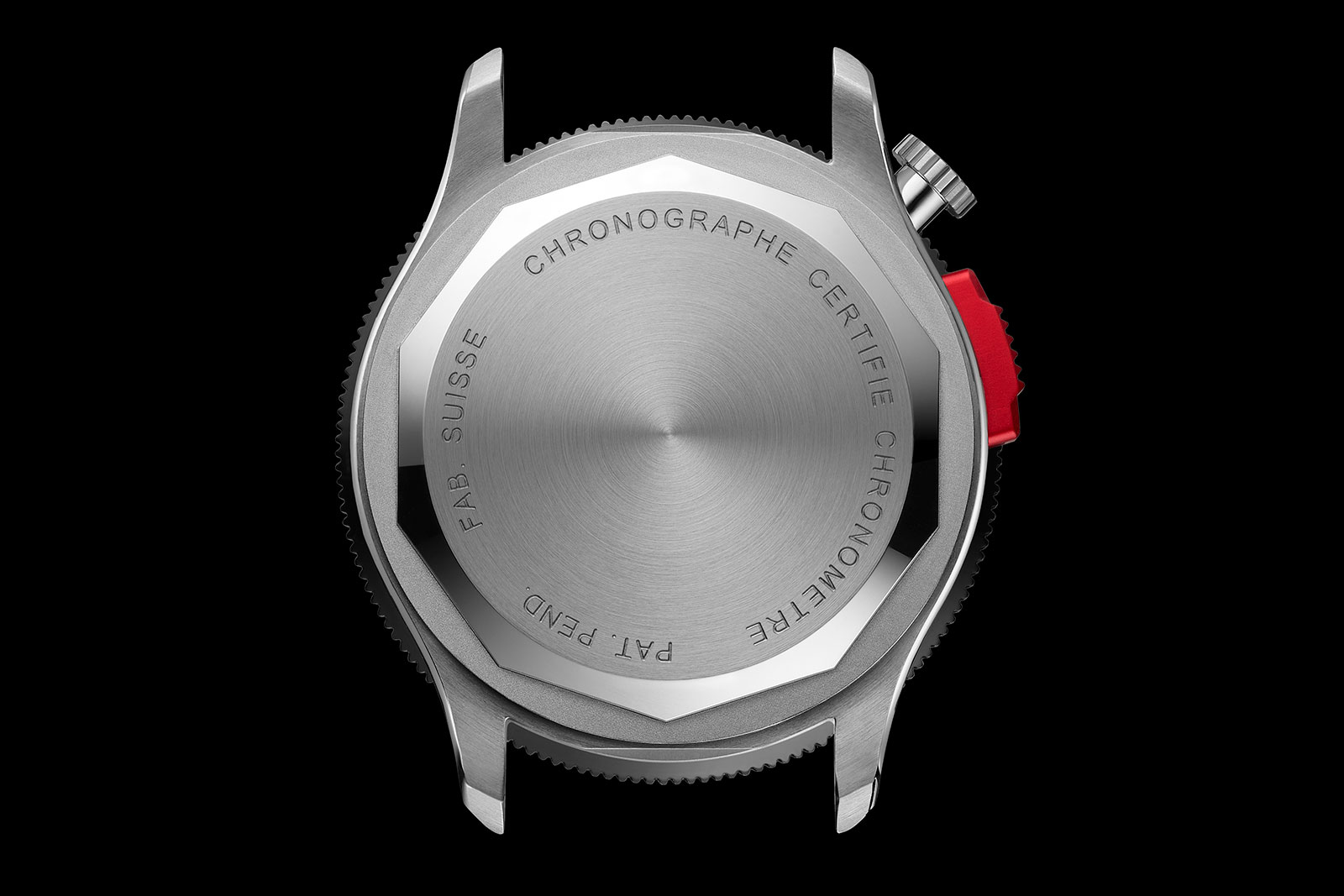
Imaginary past, real future
While it’s difficult to establish a trend from just two data points, a product strategy for Albishorn appears to be emerging. The brand’s website currently lists the Maxigraph under the heading “Water Collection” and it seems safe to assume that the Type 10 is the start of an “Air Collection.” I’ll leave it with the reader to guess what form a third collection might take.
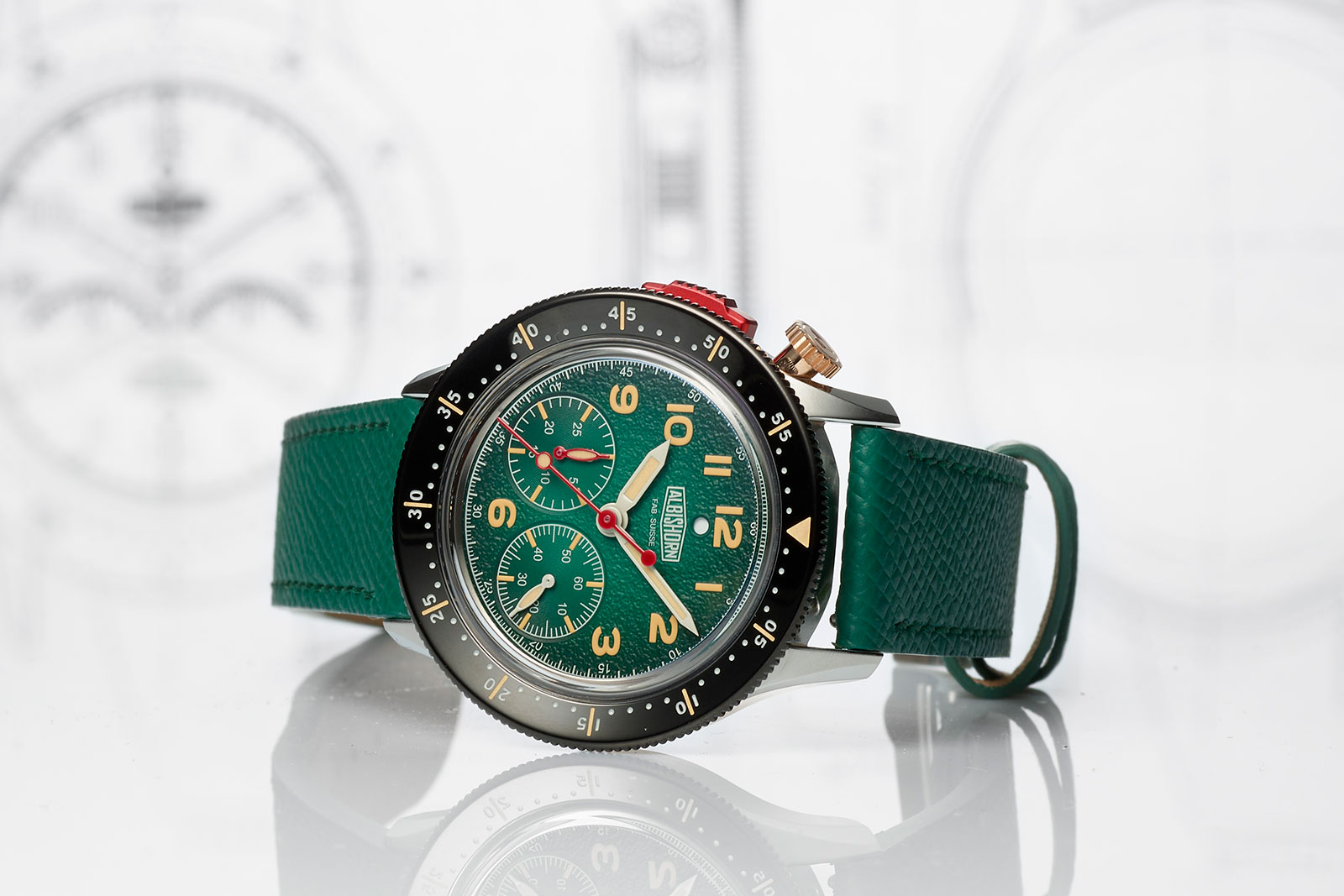
Setting aside what the future might hold, the Type 10 is available now in two liveries – classic black and Sihlwald, a green named after a forest in the canton of Zürich. The Sihlwald variant is further distinguished by red chronograph hands and a bronze crown.
Both dials feature a heavily textured finish that reminds me of asphalt. This is probably my least favourite element of the watch, since it detracts from the instrument-like aesthetic of the rest of the watch. The hands and dial markers are coated in Super-LumiNova in a shade that mimics patinated radium.
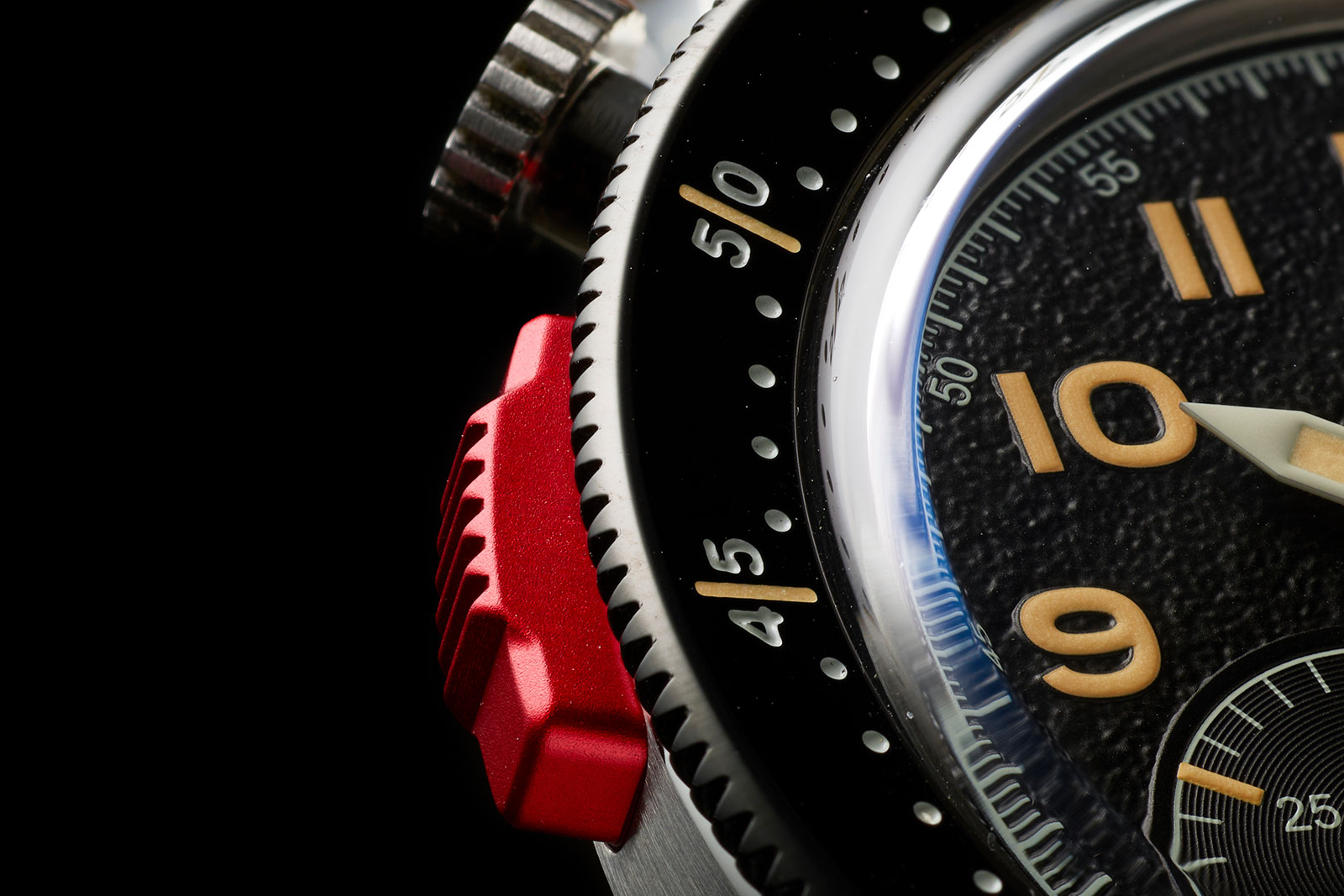
Inside the Type 10 is the ALB02 M, a manually wound chronograph with a monopusher conveniently located at the 9:30 position on the case. While a flyback function would have more closely related the watch to the Type 20, the red monopusher is nonetheless visually distinctive and ergonomic.
Another interesting element of the movement is the chronograph operating indicator at 12 o’clock that is inspired by similar functional indicators on aircraft clocks. The Maxigraph offered a similar indicator, so we might see this on other Albishorn watches in the future.
Key facts and price
Albishorn Type 10
Diameter: 41.7 mm
Height: 12 mm
Material: Steel
Crystal: Sapphire
Water resistance: 100 m
Movement: ALB02 M
Features: Hours, minutes, chronograph, and chronograph operating indicator
Frequency: 28,800 beats per hour (4 Hz)
Winding: Manual
Power reserve: 65 hours
Strap: Leather strap with pin buckle
Limited edition: No
Availability: Available directly from Albishorn beginning October 21 at 9:00 am EDT
Price: CHF3,950 before taxes
For more, visit Albishorn-watches.ch.
Back to top.

